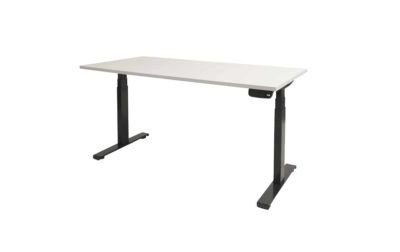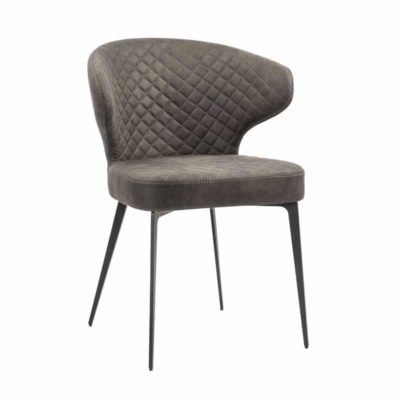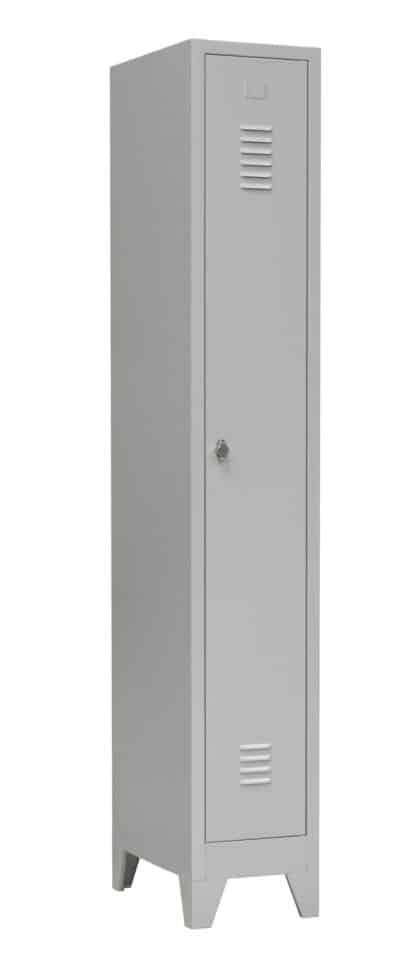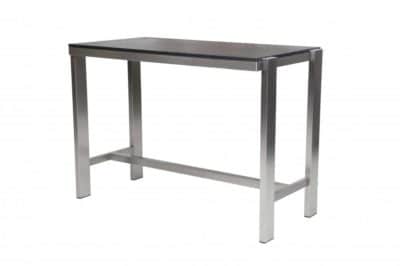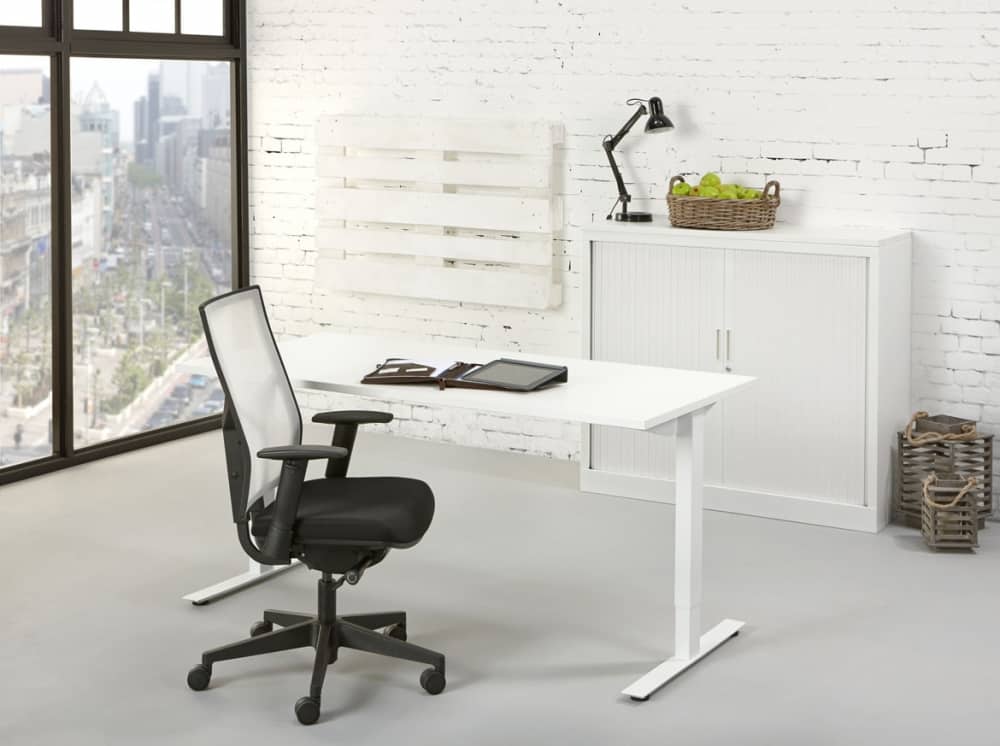
The Latest Trends in Office Furniture Design: What's In and What's Out?
In the world of office furniture design, trends are constantly evolving, driven by changing work styles, technological advancements and a growing emphasis on workplace wellness. If you



